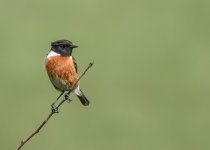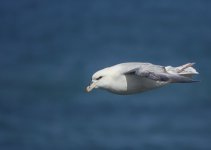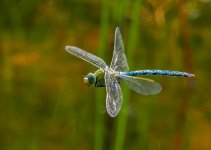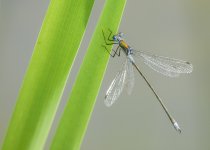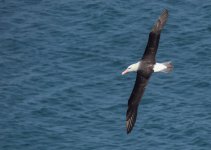simmojunior
Well-known member
Hi all,
I am in need of a new camera for birding to take record shots on the rare occasion I find something unusual and for use on trips abroad. I am not a photographer interested in sitting in a hide all day to get the perfect shot but would like some better photos than I am currently able to take (my photos are notoriously bad). I have an old Canon SX 40 that I never have really got used to and it is now very battered. Years ago I had what I think was a Fuji and I really liked it. When I found a Red-backed Shrike two months ago on Scilly, my record shots were hardly good enough to substantiate the record when it should not have been that hard.
Therefore, I am looking to purchase a new camera and am very unsure about what I should look for or what my budget would be. I cannot imagine carrying around something too heavy as well as my scope and bins but equally would be willing to spend a bit more for something a lot better. I assume I should go for a bridge camera (if so which one?) but could be persuaded with a cheap and light DSLR if the advantages are clear. What do people suggest?
Thanks!
Oli
I am in need of a new camera for birding to take record shots on the rare occasion I find something unusual and for use on trips abroad. I am not a photographer interested in sitting in a hide all day to get the perfect shot but would like some better photos than I am currently able to take (my photos are notoriously bad). I have an old Canon SX 40 that I never have really got used to and it is now very battered. Years ago I had what I think was a Fuji and I really liked it. When I found a Red-backed Shrike two months ago on Scilly, my record shots were hardly good enough to substantiate the record when it should not have been that hard.
Therefore, I am looking to purchase a new camera and am very unsure about what I should look for or what my budget would be. I cannot imagine carrying around something too heavy as well as my scope and bins but equally would be willing to spend a bit more for something a lot better. I assume I should go for a bridge camera (if so which one?) but could be persuaded with a cheap and light DSLR if the advantages are clear. What do people suggest?
Thanks!
Oli




